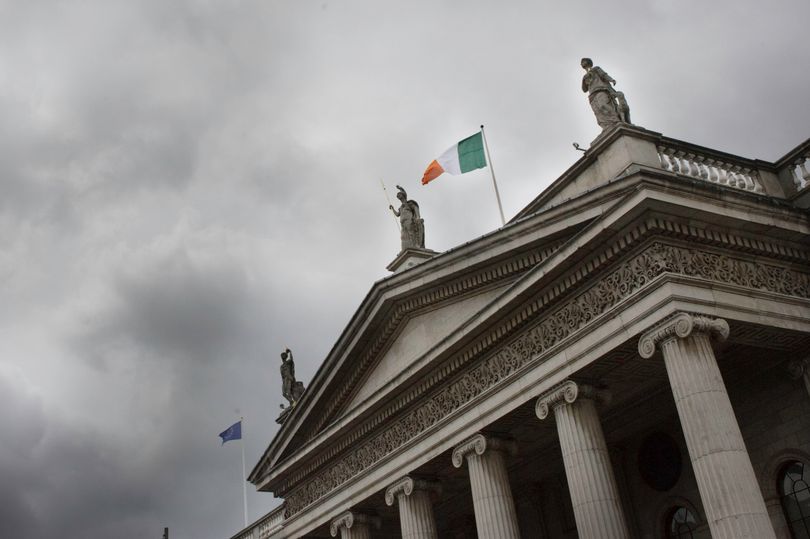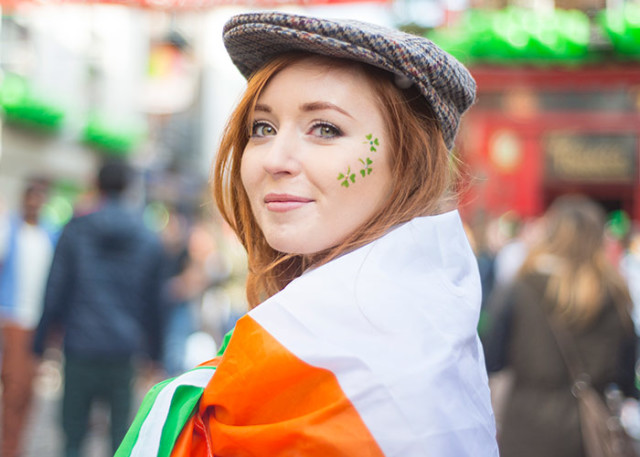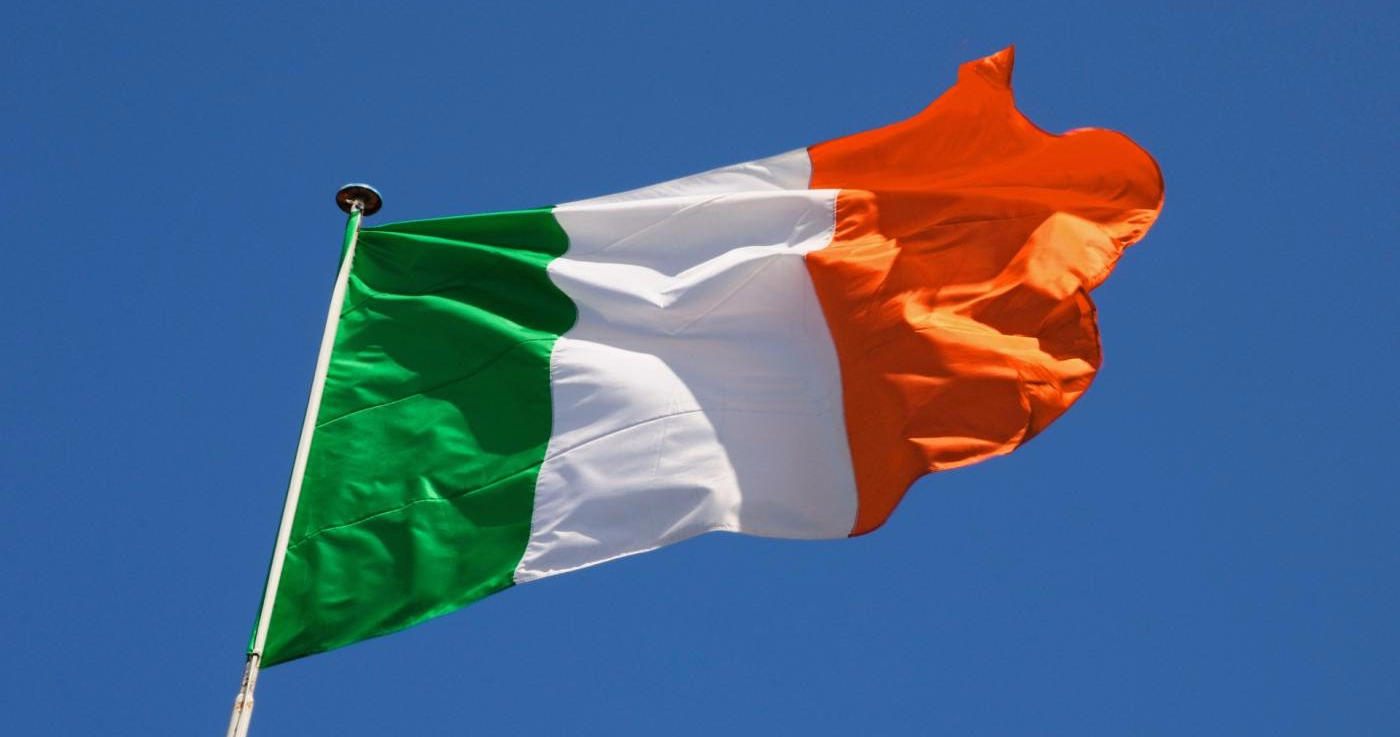Flags from all over the world have color blocks or stripes, but did you know many of the colors and how they're placed mean something? For example, Ireland's history is written all over their green, white, and orange tricolor flag. Each section symbolizes an important part of society and how they learned to live together in peace.
Green
Represents Irish republicans who rebelled against the British crown in the 1790s to take back Ireland as an independent nation. Republicans were predominantly Catholic who flew a green flag with a harp on it to symbolize their movement.
Orange
The unionists, or those who fought to preserve British rule in Ireland, were mostly Protestant and British by birth. In 1690 they were victorious in battle with King William III who was from the Principality of the Orange. He was known as William of Orange, and that's how the orange color came to symbolize the British in Ireland.
White
The color white is in the center of the flag, both separating and joining the two colors. It stands for the hope for a lasting peace between the nationalist and unionist cultures of Ireland, "regardless of political stance, religion, or ethnicity."

History of the Flag
As well as being plagued with civil unrest, Ireland took a long time recovering from the devastating effects of the "Great Famine," which killed over a million people.
The Irish Tricolor flag (Bratach na hí‰ireann) was first flown in Waterford on March 7, 1848 by Irish-American Thomas Francis Meagher who said: "The white in the centre signifies a lasting truce between the "orange" and the "green" and I trust that beneath its folds, the hands of the Irish Protestant and the Irish Catholic may be clasped in generous and heroic brotherhood."

Although the flag had already been made, it wasn't until Easter Monday in 1916 that the flag was displayed from the top of the GPO in Dublin. After that, it became Ireland's official flag.
Would you like to fly an Irish flag on St. Patrick's Day? Before you do, just make sure you follow the rules. The flag must always be flown with the green section closest to the flag pole and no other flag should be flown above it out of respect. Sláinte!

